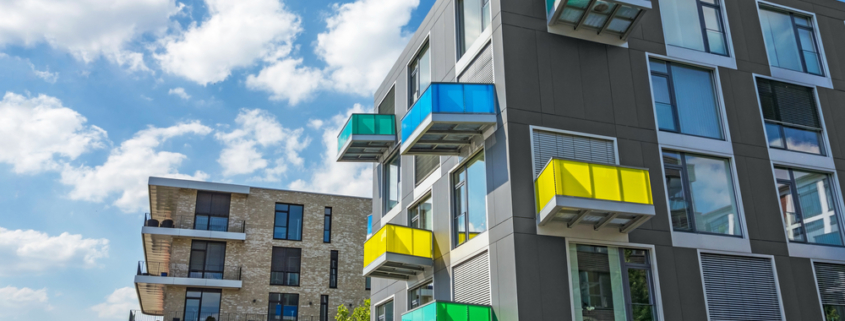Guidelines on Inspecting Balconies on High-Rise Buildings
Elevated balconies add more aesthetic appeal to the overall design of your buildings, apartments, cafes, or restaurants. Balconies provide condo residents, and owners, extra room to relax, enjoy the view and entertain.
Modern constructions and high-rise buildings in urban communities often have balconies that add to the selling value of the property; extra square footage to enjoy the great outdoors, or storage to maximize your living space.
It is no secret that several deaths and fatal injuries have occurred due to falls from balconies or as a result of collapsed balconies.
Just like any other structure, decks and balconies need extra care and maintenance to preserve its beauty, and at the same time ensures safety. A new installation of patios, verandas, or decks, must meet safety standards.
Inspectors carry out balcony inspections to check the safety of these structures; if these are built according to the professional and technical standards set by the industry.
Below are the things to look for in inspecting high-rise balconies to see if these are building compliant or potentially unsafe.
- Loose connections – inspectors will look for connections that may have degraded over time. Elevated balconies with wobbly railings, stairs that may seem to be pulling away from the main structure can compromise safety. Improper use of connections may cause railings or stairs to collapse. Balcony connections that meet building codes must be used with fasteners for overall safety and durability.
- Corrosion – metal connectors and fasteners will corrode over time due to exposure to elements. Regularly check the connectors and fasteners or better have a professional assess the condition of your balcony. High-rise buildings located near the moisture-prone areas must use stainless steel connectors and fasteners.
- Cracks – as the building ages, it is common to develop cracks and other signs of wear and tear. Balconies, railings, stairs, or decks with cracks must be repaired immediately. Regardless if it is just a small crack, eventually it will expand which can weaken the balcony.
- Railings – railings are made of different materials and come in different shapes which are required to be 36 inches high for homes and 42 to 48 inches high for business or commercial establishments. Basically, railings are added for safety especially for balconies 18 inches from the ground.
The industry standards set a maximum opening for the gaps between balusters; enough where a 4 diameter ball will not fit through the railings. Building inspectors will run tests on the railings of your elevated balconies to determine industry codes are met and if railings are properly installed.
- Flashing – for new installation of balcony or routine check-up, flashing needs to be considered. The water leak under the flashing can cause cracks or connectors to corrode. Your balcony may look OK until a major issue may occur due to an untreated problem.
Elevated balconies that are inadequately constructed or illegally built with inappropriate materials can cause tragic accidents. Engineers, contractors, and building inspectors must exercise absolute judgment when constructing, designing, and inspecting balconies.
The National Institute of Clinical Research is an SMO/CRO with offices and labs in the following cities and states: New Jersey, North Carolina, Austin, San Diego, San Francisco, Bakersfield 93309, Fountain Valley 92708, Garden Grove 92840, Hacienda Heights 91745, Huntington Beach 92648, Las Vegas 89106, Long Beach 90806, Los Angeles 90048, Ontario 91762, Rosemead 91770, San Antonio 78207, Santa Ana 92704, Upland 91786, and Westminster 92683.



